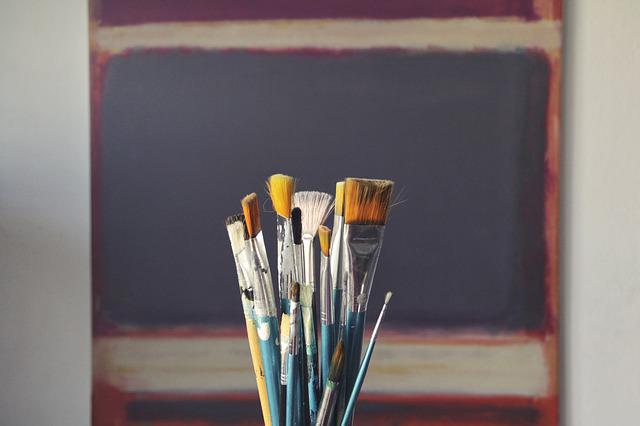We already know that graphene, a one-atom-thick layer of carbon discovered in 2004, can be used as a conductor, insulator and filter – that it can even be used to create ultra-light, ultra-thick body armor, as well as wearable electronics.
What has recently come to light, however, is that graphene can also impact the art world, whether it is fashioned into art itself or used as a means to preserve existing works.
A September 2021 study published in the scientific journal Nature Nanotechnology concluded that graphene, when placed in what has been described as “an invisible veil” over certain paintings, will prevent fading by as much as 70 percent. That’s because graphene blocks ultraviolet rays and is impermeable to oxygen, moisture and other agents that might corrode any given piece of art.
Costas Galiotis, a chemical engineering professor at University of Patras in Greece and a member of the executive board of the European Union’s Graphene Flagship research initiative, was part of the team that performed the study. He called this technique “the perfect solution to protect colors from photodegradation” in an interview with the website ARS Technica and added:
“The innovation of our approach is based on the fact that graphene adheres to any clean surfaces, but it can easily be removed, in contrast to current commercial polymeric coatings. Thus, it exhibits a competitive advantage over other protective materials and substances for the protection of artworks from color fading.”
Narayan Khandekar, director of the Straus Center for Consolation and Technical Studies at the Harvard Art Museums, pointed out to the website Chemistryworld.com that in order to limit fading artworks have traditionally been stored in darkness and then displayed for a limited time under low-energy lights. He called this new development “really compelling” and a method that “has a lot of potential.”
Galiotis and his team settled on the technique after closely examining the discoloration of some of Vincent van Gogh’s works. First tested on the paintings of an artist named Matina Stavropoulou, it involves attaching the graphene veil with the aid of polyester/silicone adhesive. It can easily be removed, the team asserts, without damaging the painting.
The team cautioned that this veil works best on smooth surfaces, and expressed concerns about warping and/or certain corrosive compounds becoming trapped beneath the graphene layer. But overall, this appears to be a breakthrough.
No less interesting was the development by a group of Rice University scientists of artwork through the use of laser-induced graphene in 2019. One of them, Joseph Cohen, told the website Phys.org that the goal in creating his rendering – of a landscape – was to “not make it kitsch or play off the novelty, but to have it have some true functionality that allows greater awareness about the material and opens up the experience.”
One year earlier artist Mary Griffiths collaborated with Nobel laureate Sir Kostya Novoselov on a microscopic graphene-based version of one of her works.
As with most art, the goal is to make a lasting impression. The new graphene-based technique pioneered by Galiotis and Co., meanwhile, is designed to ensure that that will be the case.

